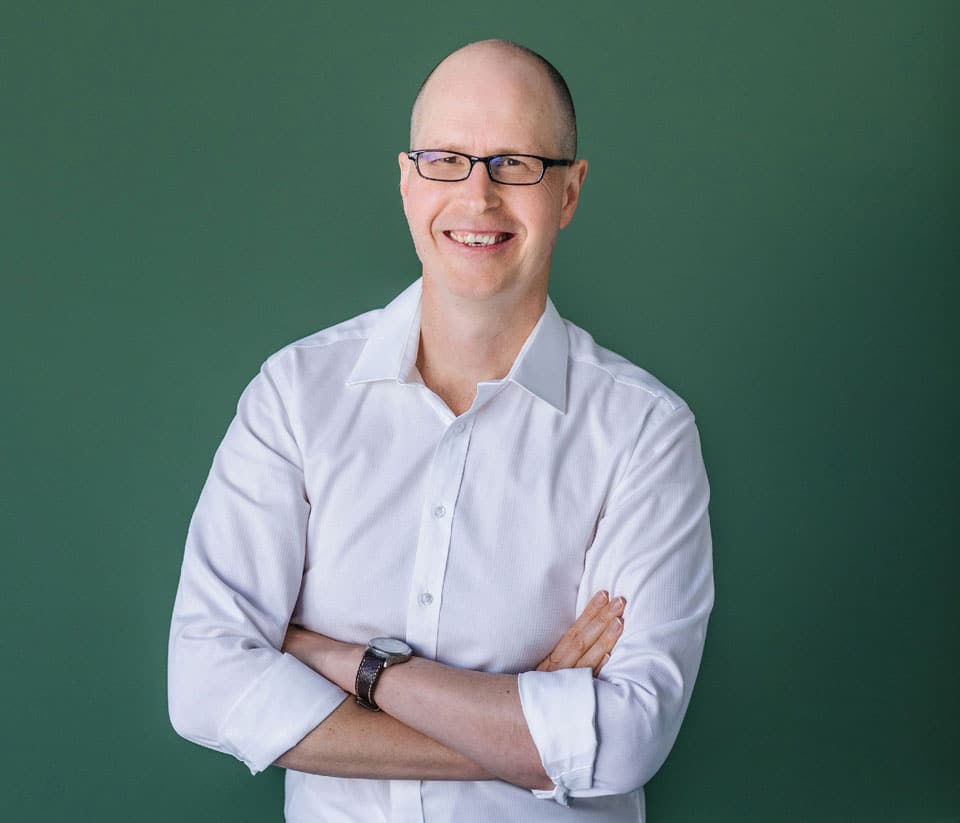It turns out there is a recipe for getting rich. Even better, it’s straightforward to understand as there are only three ingredients: savings, return and time. Here’s how it works.
Savings
You won’t get rich by saving, but you can’t get rich without saving. Your savings are what’s left over when you deduct what you spend from what you earn. If you can’t save, you won’t have anything to invest with, and so it will be difficult for you to multiply your money. Savings are a store of wealth, not a source of wealth, because the interest earned is eroded by tax and inflation, resulting in a low and perhaps even negative return.
Aside from being rainy day reserves – money to be used in case of an emergency, your savings are also the capital that you can invest. The more capital you have, the more you have available to invest. The more money you have to invest, the more wealth you may attract.
Return
The higher the return, the faster your money will multiply. Have you heard of the Rule of 72? It’s a simple way to estimate how often your money will double; just divide 72 by your annual return. For instance, if your annual return was 6% then it would take 12 years for your capital to double. 9% = 8 years; 12% = 6 years, etc.
A fundamental rule of investing is that risk and return are related. The idea is that the market will require a return consummate with an investment’s risk. For instance, if risk is mispriced too highly, a large number of investors (i.e. demand) will be interested and they will compete by accepting a lower return. If a risk is priced too low, then no capital will be attracted and higher returns will need to be offered. This is how investments promising large returns must also be high risk.
Risk and Skill
There is a way of accessing higher returns without having to accept high risk, but it requires that you have the skills to be able to name (identify), number (quantify) and numb (mitigate) the risk. It’s like driving a racing car; in the hand of a novice it is high risk, but in the hands of a trained and experienced racing car driver, high speeds can be achieved and risk managed.
Time
The final ingredient is time and the rule is simple: the more time you have to invest, the longer you have to benefit from compounding, and the more money you may be able to attract.
Simple recipe, simple method
The wealth you attract will be a product of your savings deployed as investment capital, multiplied by your investment’s return, to the power of time. It’s a simple method really: the more savings you have, the more money you have to invest. The higher your return, the more wealth you’ll accumulate. Plus, the longer your investing time horizon, the more time you give your money to work for you and for your capital to compound.
The advanced recipe
The simple recipe is fine if you deploy your savings once and reinvest the returns, for example, investing $15,000 for 10 years and reinvesting the 7 per cent per annum return. But what about when there’s a series of investments like saving $5000 a year for 10 years? Is the simple recipe still suitable? Not quite. While the ingredients remain the same—savings, return and time—the method is a bit more complicated.
The recipe works by multiplying the savings amount by an accumulation uplift, which is determined by the relationship between return and time. The bigger the return and / or the longer the time period, the bigger the uplift.
The method works so that small amounts invested regularly for longer periods of time will deliver a better result than large sums invested for short period of time. Let’s say Alex invests $30,000 a year for five years, whereas Ally invests $5,000 for 30 years. Both earn a return of 8%. Both invest a total of $150,000. Alex will end up with $175,998 whereas Ally will accumulate $566,419. Why such a big difference? Because Ally’s profit compounds for a longer period, so she earns profit on profit for longer.
Switching & Swapping Ingredients
The proportion of the three ingredients can be modified so less of one can be compensated by more of another. For example, if you had a low ability to save, you could offset that limitation with accessing a higher return and/or investing for a longer period.
Most people have a reasonably fixed ability to save, and a reasonably fixed investing timeframe, meaning the only ingredient they can vary is return. However chasing higher returns without first acquiring more investing skill is a high-risk gamble. If you are casual with your finances you run the constant risk of ending up a financial casualty.
A final important point ought to be made: that to take full advantage of the power of compounding you must reinvest not spend your profits. It might be tempting to consume some of your compounding capital but doing so will severely dent your wealth accumulation potential. You want your money working for you, not going off to work for someone else.
Edited extract from Steve McKnight’s Money Magnet: How to Attract and Keep a Fortune that Counts (Wiley $32.95).
Have you read?
Best Business Schools In The World For 2022.
Best Fashion Schools In The World For 2022.
Best Hospitality And Hotel Management Schools In The World For 2022.
Best Medical Schools In The World For 2022.
The World’s Best Universities For Doctor of Business Administration (DBA), 2022.
Track Latest News Live on CEOWORLD magazine and get news updates from the United States and around the world.
The views expressed are those of the author and are not necessarily those of the CEOWORLD magazine.
Follow CEOWORLD magazine headlines on: Google News, LinkedIn, Twitter, and Facebook.
Thank you for supporting our journalism. Subscribe here.
For media queries, please contact: info@ceoworld.biz
























































![Key Metrics for Social Media Marketing [Infographic] Key Metrics for Social Media Marketing [Infographic]](https://www.socialmediatoday.com/imgproxy/nP1lliSbrTbUmhFV6RdAz9qJZFvsstq3IG6orLUMMls/g:ce/rs:fit:770:435/bG9jYWw6Ly8vZGl2ZWltYWdlL3NvY2lhbF9tZWRpYV9yb2lfaW5vZ3JhcGhpYzIucG5n.webp)

















